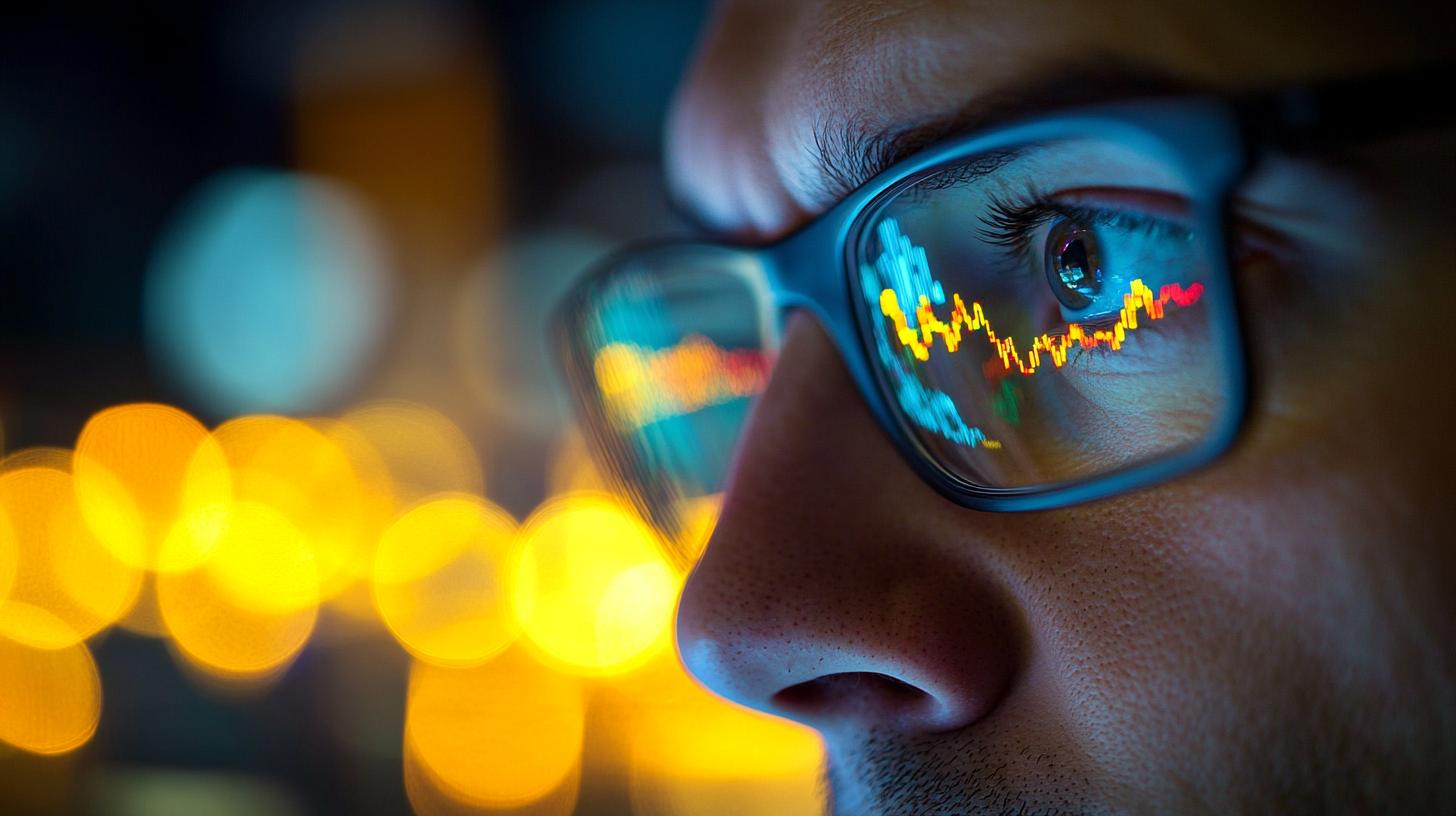On the night between Sunday and Monday, global markets saw some major changes. A significant drop, especially in the Japanese market, caused fear of an imminent recession. This fear can be quantified by looking at the VIX Index. The VIX Index measures the implied volatility of 30-day options on the S&P 500.
On Monday, August 5, the VIX reached levels around 65. Such levels have only been seen during the Covid period in March 2020 and in 2008. This caused many market participants to face consequences. There are three main groups of people affected by this spike.

First, those who ignored it because they trade in markets uncorrelated with the stock index, such as futures in soft commodities. Second, those who made significant profits from the spike, using systematic or discretionary entries. Third, those who faced substantial losses, if not losing all their capital.
Some people think they can predict these events with certainty. However, predicting these events is not possible. We can only try to notice when things start to go wrong. At Unger Academy, we use statistical and numerical methods to test everything. We have a proprietary indicator that helps manage moments of intense market fear. This indicator, based on the VIX Index, sounded an alarm on Friday evening.
According to this indicator, we should have closed almost all bullish positions on Friday evening. Some of our team members did just that. This indicator would have helped avoid the recent volatility spike and other significant events like Covid or the 2008 crash. However, this indicator is not always correct. It gives many signals that do not necessarily mean an emergency will occur.
Exiting on warning signs incurs costs because it costs to enter and exit positions. So using these filters reduces returns compared to those who don’t use them. But it makes us safer during negative events. For example, on Monday the 5th, the equity line showed a naked put selling operation on the SPX index. Returns from the beginning of 2024 were good, but in one session, we lost all the returns and the balance went well below zero.
In the end, it is clear that relying on numbers and statistics helps in these situations. They are cold, unemotional, and our only lifeline in times of great fear.
